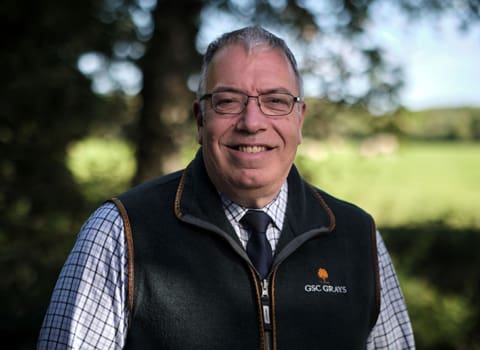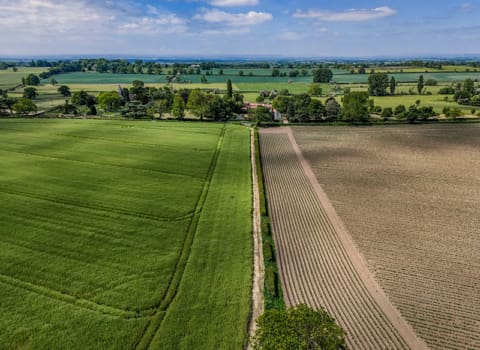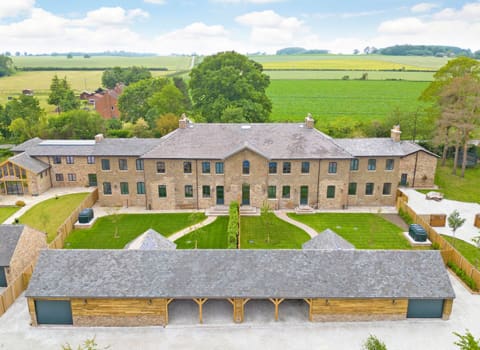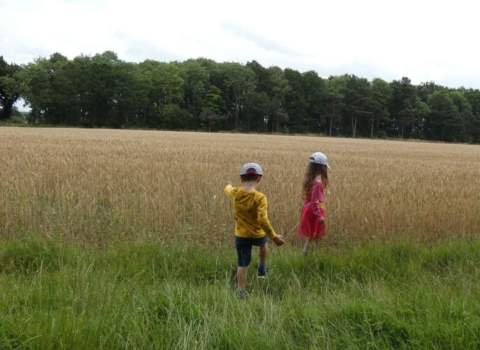Contact our offices
Main office
COLBURN
5 & 6 BAILEY COURT
COLBURN BUSINESS PARK
RICHMOND
NORTH YORKSHIRE
DL9 4QL
Estate Agency Offices are located in
BARNARD CASTLE, BOROUGHBRIDGE & RICHMOND
Residential Management Team
Our Offices
- Alnwick
01665 568310
Email Officealnwick@gscgrays.co.uk - Barnard Castle
01833 637000
Email Officebarnardcastle@gscgrays.co.uk - Boroughbridge
01423 590500
Email Officeboroughbridge@gscgrays.co.uk - Chester-Le-Street
0191 3039540
Email Officechester-le-street@gscgrays.co.uk - Colburn
01748 897630
Email Officecolburn@gscgrays.co.uk - Driffield
01377 337180
Email Officedriffield@gscgrays.co.uk - Hamsterley
01388 487000
Email Officehamsterley@gscgrays.co.uk - Hexham
01434 611565
Email Officehexham@gscgrays.co.uk - Kirkby Lonsdale
01524 880320
Email Officekirkbylonsdale@gscgrays.co.uk - Penrith
01768 597005
Email Officepenrith@gscgrays.co.uk
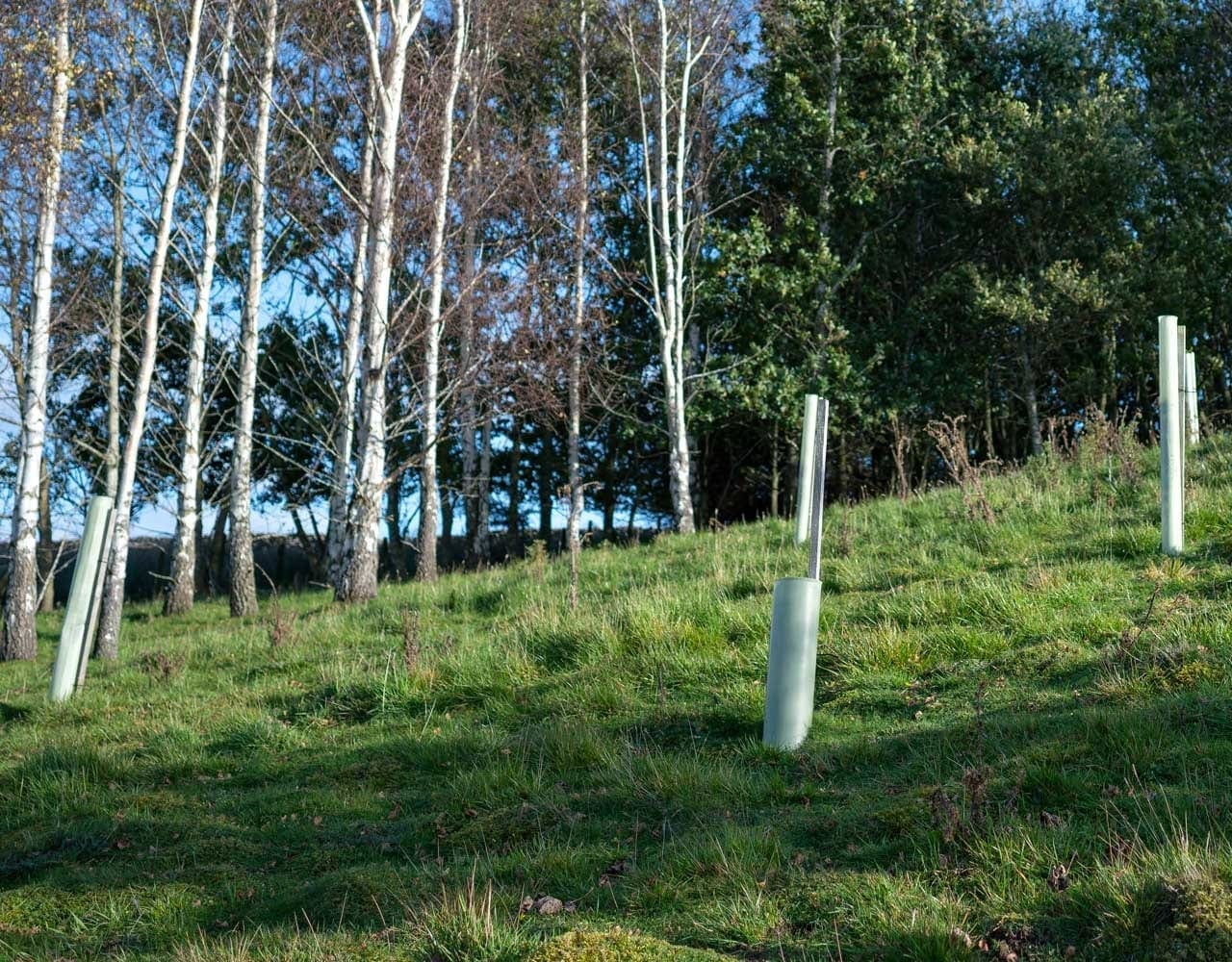
TAKING ADVANTAGE OF WOODLAND PLANTING SCHEMES
Our recent survey revealed that 19% of farmers and land managers have already planted less productive areas of farmland with trees, and 11% would be interested in doing so in the future.
There are many woodland creation grant schemes available and it can be difficult to work out which ones you would be eligible for, and which might provide the best financial support.
There is also a great deal of speculation about how support might change under the new Environmental Land Management system. DEFRA have stated that nobody who chooses to plant woodland today will be left worse off under a new scheme as a result, but without being able to weigh existing schemes against future payment rates it is difficult to know that for sure.
Rather than indulge in any crystal-ball gazing, we would like to help you make sense of the funding that is on offer today and establish whether or not woodland planting is a sensible proposition for your site.
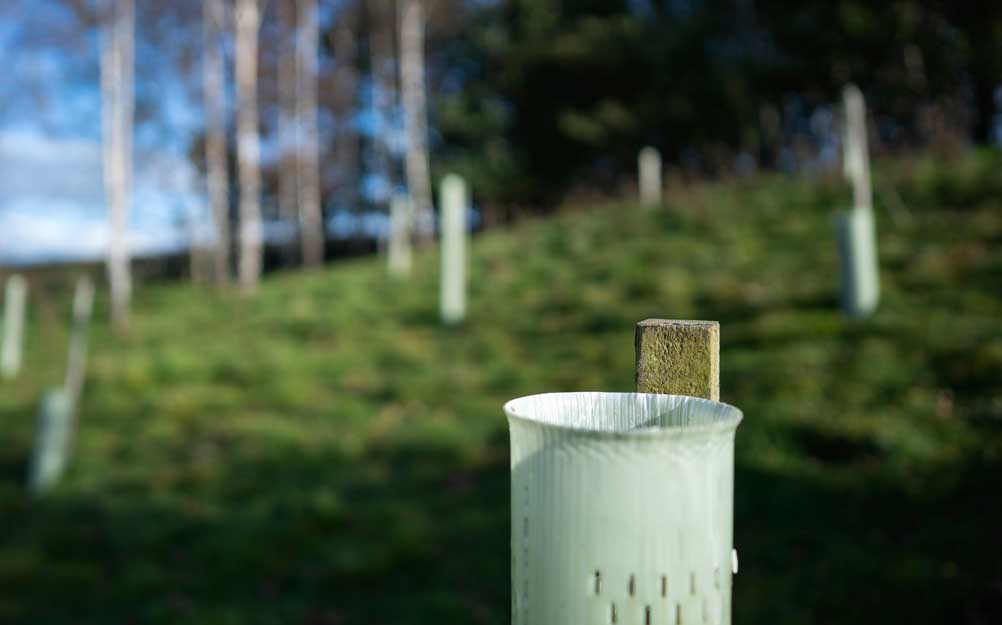
To get you started, here are just a few of the factors you should consider when you are weighing up different funding options:
SIZE
Most grant schemes have a minimum eligible area. The Countryside Stewardship Woodland Creation Grant (WCG) has a minimum area of 3 ha (or just 1 ha if planting for water quality or flood prevention), which makes it popular with landowners looking to plant small blocks of amenity woodland or farmers who want to plant up less productive land. For larger sites of over 10ha the Woodland Creation Planning Grant can be a useful source of support to help you scope and plan your project.
SPECIES-MIX
Grant schemes commonly have criteria governing the species make-up and planting density of a new woodland. For instance, for the WCG 60% of the trees planted must be native species; while for the Woodland Carbon Fund, the proposed woodland must be classed as ‘productive’ – at least 70% productive species as a proportion of the net planted area.
TIMING AND PROJECT MANAGEMENT
Planning your project carefully and applying for schemes in the right order is critical to securing the right support. You must apply for the WCPG at the very star t of your project – if an application has already been put in for another scheme, or if an EIA enquiry form has been submitted, you will not be eligible. If you are interested in emerging carbon markets, then you should consider whether grant funding might affect your eligibility for the Woodland Carbon Code.
LOCATION
Some schemes are nationally available, while others, such as the North York Moors Woodland Creation scheme, are regionally targeted. If your site falls within a priority area for flood mitigation or water quality, then you might be able to access additional funding through the Woods for Water programme.
Many woodland schemes are open all year round and our specialists are always happy to advise on which funding streams you might be eligible for and, crucially, which schemes best match your own objectives for the site. If you decide to move your project forwards, we offer a comprehensive range of grant application support, planning and woodland management services.



